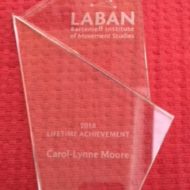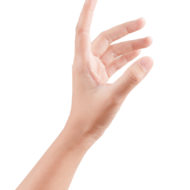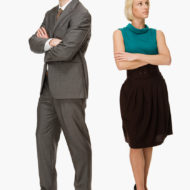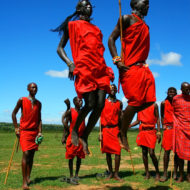
At the closing banquet of the LIMS 40th Anniversary Conference, three Lifetime Achievement Awards were presented to Bonnie Bainbridge Cohen, Peggy Hackney, and myself.
I’m sure I speak for the other two recipients when I say that it is a great honor to have one’s efforts recognized by colleagues. For all of us, the encounter with Rudolf Laban’s ideas and our studies so long ago with the remarkable Irmgard Bartenieff have been truly life-changing. Though our journeys have gone in different directions, they spring from the same roots.… Read More









